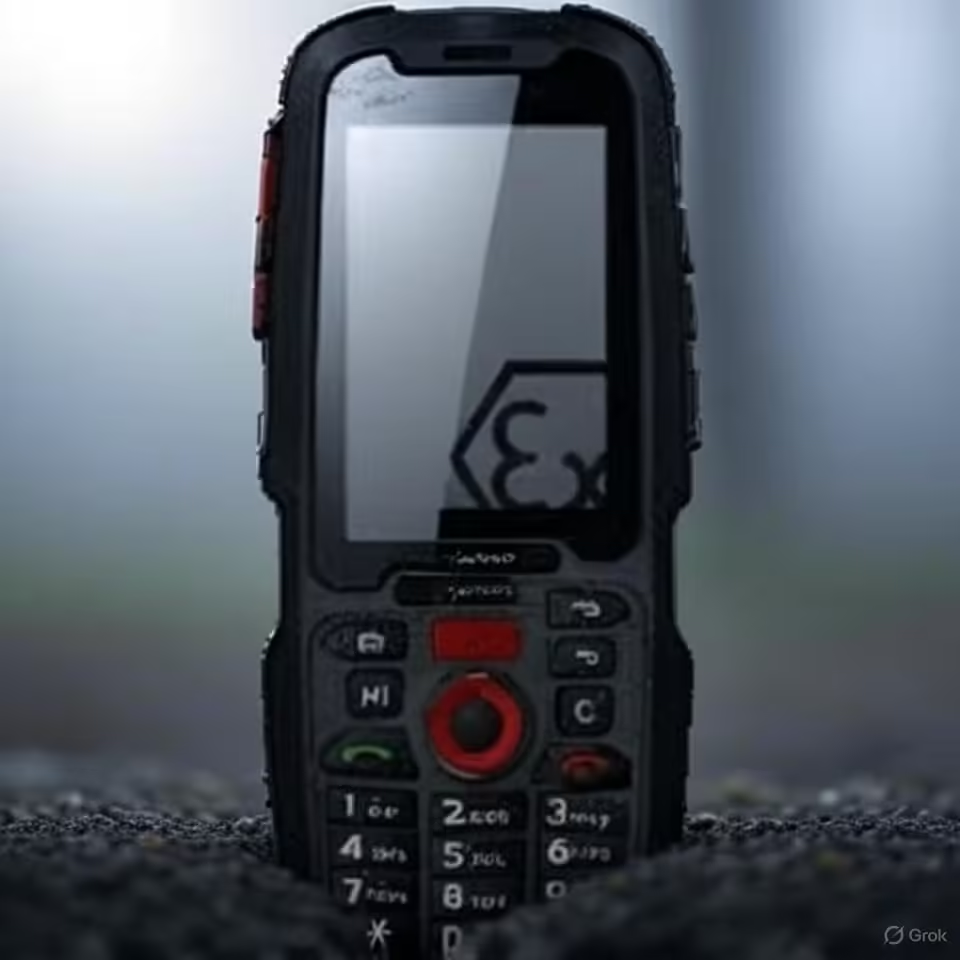Explosion-Proof Mobile
An explosion-proof mobile phone is a highly specialized communication device meticulously engineered to operate safely in hazardous industrial environments. These are locations where flammable gases, vapors, combustible dust, or ignitable fibers are present, posing a significant risk of ignition or explosion. Unlike standard consumer smartphones, these devices are designed with intrinsic safety technologies and robust construction to eliminate any potential ignition sources, such as sparks, excessive heat, or electrostatic discharge. This critical safety aspect is validated through rigorous testing and certification compliance with international standards like ATEX (European Union), IECEx (global), and UL (United States). These certifications precisely define the “zones” or “divisions” where the device can be safely deployed, indicating its approved level of explosion protection.
Beyond their inherent safety features, explosion-proof mobiles are built for unparalleled durability. Their construction typically involves reinforced casings made from resilient, impact-resistant materials, often incorporating shatterproof displays like toughened glass. They boast high Ingress Protection (IP) ratings, commonly IP68, guaranteeing complete immunity to dust ingress and continuous water immersion. Furthermore, these devices are engineered to withstand extreme physical abuse, including drops, vibrations, and broad temperature fluctuations, frequently meeting stringent military-grade standards such as MIL-STD-810H.
Functionally, they provide essential communication capabilities, including robust 4G or 5G connectivity, Wi-Fi, and Bluetooth. Many models incorporate features tailored for demanding industrial use, such as extra-loud loudspeakers for noisy environments, programmable buttons for dedicated push-to-talk (PTT) communication, or emergency SOS functions. Displays are often optimized for visibility in various lighting conditions and for operation while wearing thick work gloves. Some advanced versions integrate specialized sensors for environmental monitoring or support intrinsically safe applications vital for lone worker safety, asset tracking, or digital data collection in hazardous zones. Their long-lasting, often field-replaceable batteries are crucial for extended operational periods in remote or challenging work sites, minimizing downtime and maximizing safety.

